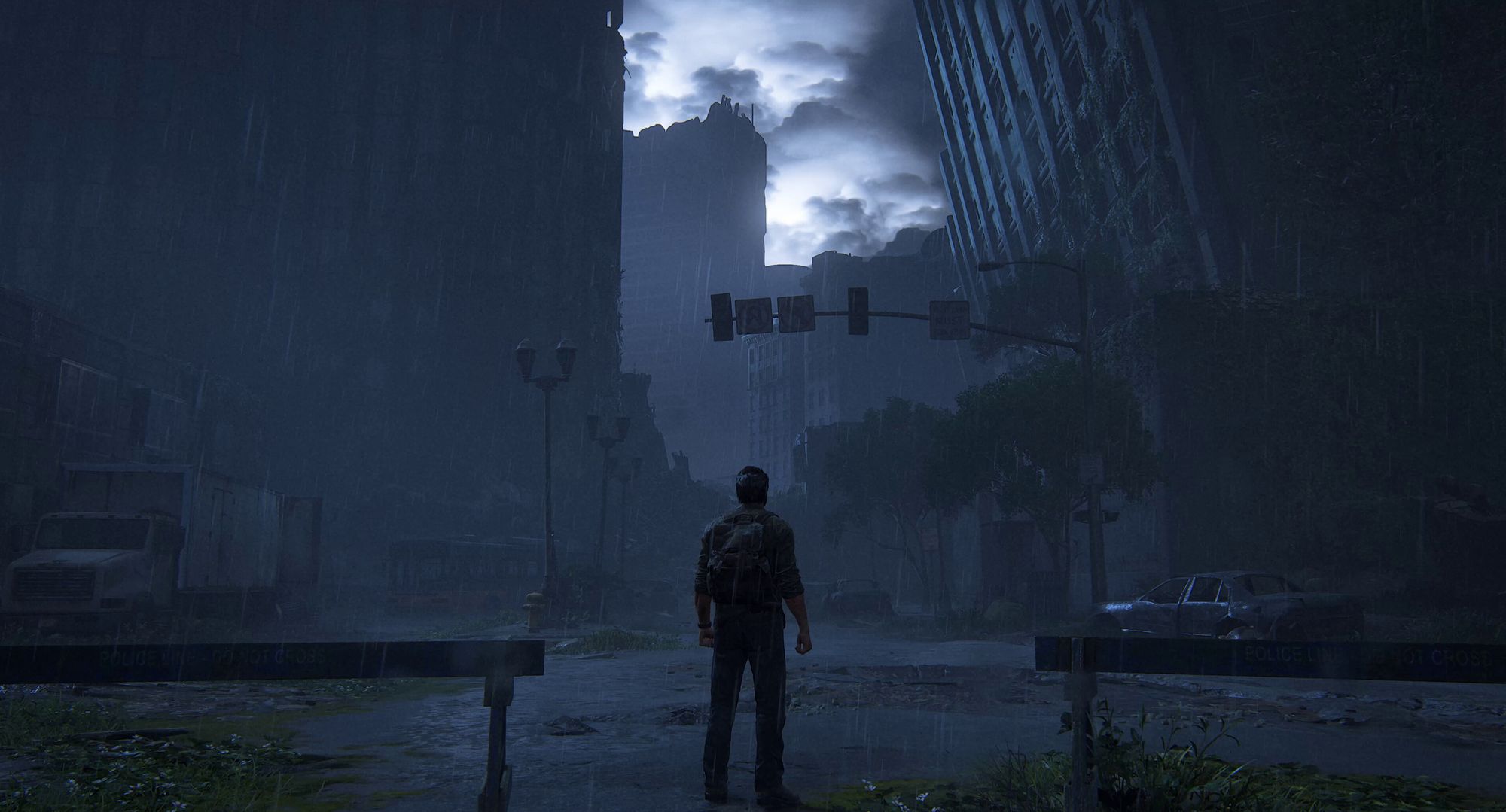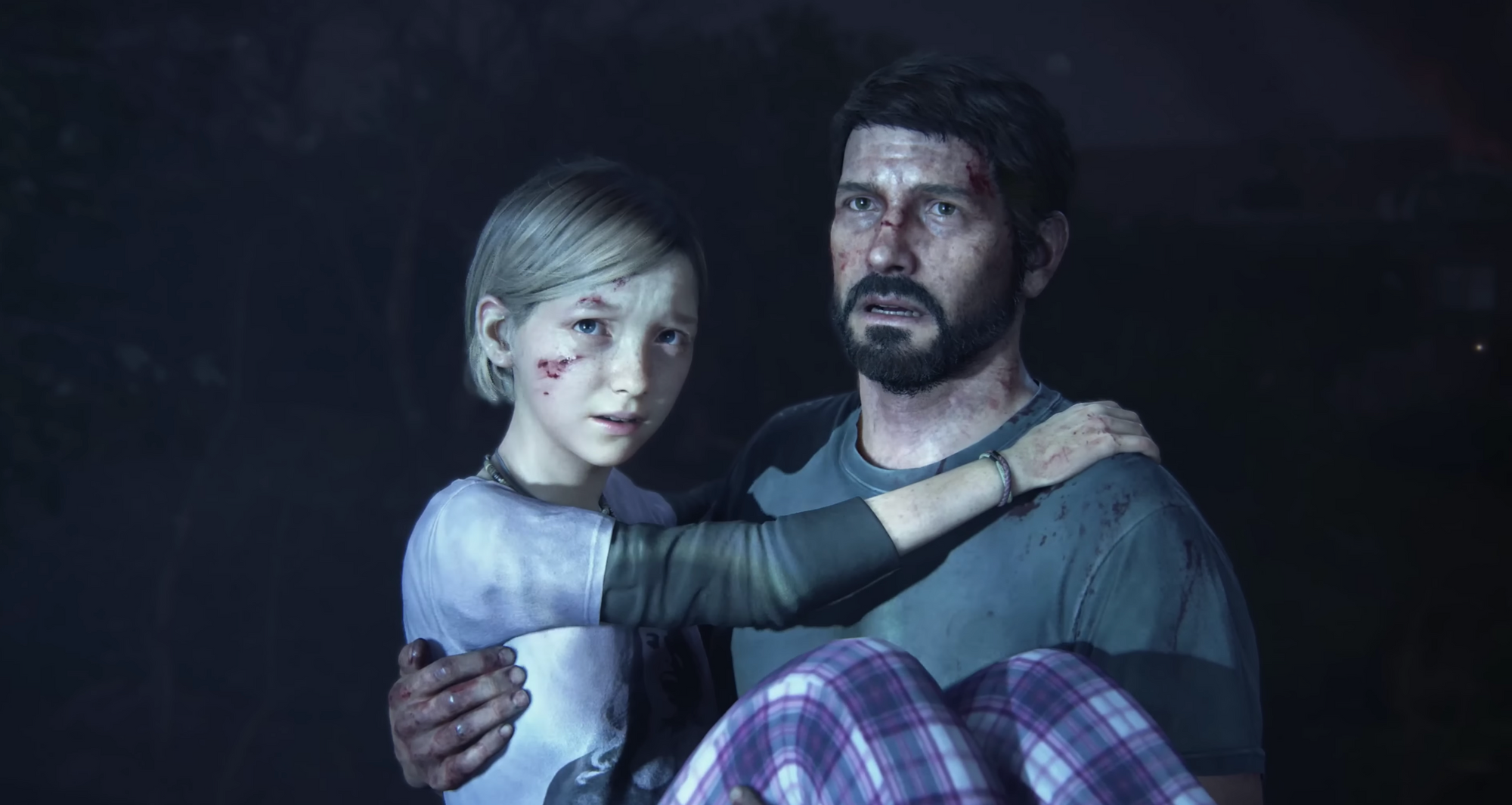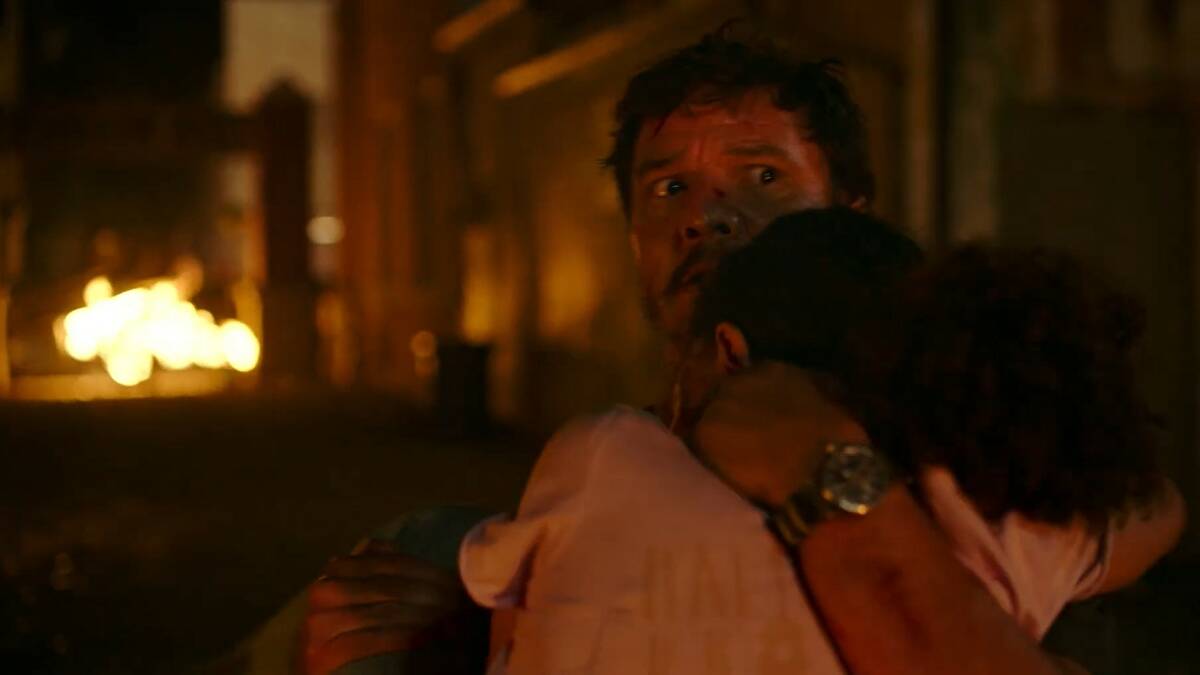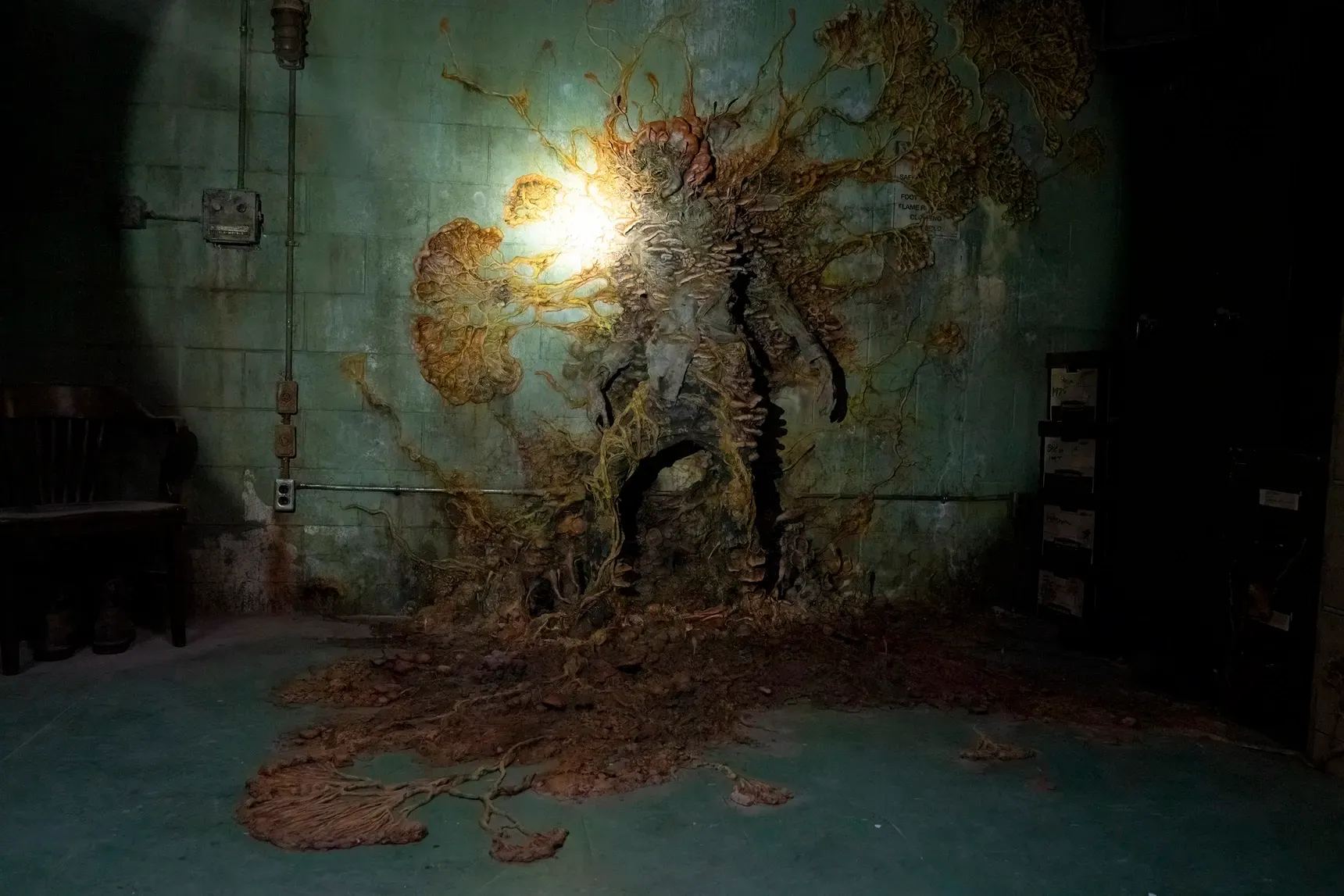The Importance of Agency
Examining and contrasting the methods of establishing a bond between characters and their audience

HBO Max’s new The Last of Us TV show is a faithful adaptation of Naughty Dog’s acclaimed video game. Originally released in 2013, the game won numerous awards for its story, soundtrack, and dialogue, and sold over 37 million copies. Its exclusivity to the PlayStation 3 helped boost the console’s sales, and it was the 4th best-selling game that year, only beaten by established franchises like GTA V, FIFA 14, and Call of Duty. After rumors circulated for years, HBO confirmed the TV show in 2020 and it was released on the streaming service two and a half years later, surprising many with its quality.
Both The Last of Us show and game are based around Joel Miller and Ellie Williams, two survivors of the apocalyptic cordyceps fungus event that effectively destroyed civilization as we know it. Cordyceps fungus (specifically insect-pathogenic fungus like the Ophiocordyceps unilateralis) is a family of fungi that can infect the brains of insects and certain arachnids, causing the victim to lose their cognitive functions, and eventually perish. An insect infected with cordyceps finds themselves unable to control their own bodies — acting sporadically and violently — while the fungus drains them of their nutrients. Towards the end of the victim’s life, the cordyceps fungus will fill their bodies full of spores, which cause tendril-like growths to sprout from their corpses that eventually burst, infecting any other poor soul who inhales the spore particles.

Ophiocordyceps unilateralis is effectively known as the “zombie-ant” fungus because of the way it has evolved to spread. In The Last of Us universe, the cordyceps fungus has jumped species to homo sapiens, quickly infecting the vast majority of the human population as it spread like wildfire through densely populated cities and towns throughout the world. There is no cure or a method to slow down the infection, and society soon crumbles.
Twenty years into the apocalypse, 14-year-old Ellie discovers she is immune to the fungal infection and may be the key to creating a cure and saving humanity. Joel’s mission is to transport her from the US East Coast to the West Coast, where facilities better equipped for studying her exist. The hope is that they will be able to come up with a cure from their findings.


Both the game and the show start the same way — with an exhausted and overworked Joel in his younger years bonding with his young daughter, Sarah, on his birthday. Joel’s birthday is the day when the fungal invasion reaches his small town, forcing him, his daughter, and his brother Tommy to flee to escape the onslaught of mycelium monstrosities. During the chaos, Sarah is fatally wounded at the hands of an unnamed soldier, and she dies in Joel’s arms. Time then jumps ahead twenty years, showing a grizzled and battle-hardened Joel doing what he must to survive after the tragic loss of his daughter. This is a gut-wrenching sequence in either medium, as the idea of someone’s child dying suddenly in their arms is enough to melt the coldest of hearts.
Personally, I feel that both the show and the game’s depiction of Sarah’s death hits equally hard. Even though I knew it was coming, down to the exact moment, watching Sarah bleed out and hearing the anguish of Joel pleading for her to stay with him was still utterly devastating. There’s one major difference between the two, however. HBO dedicated the vast majority of the first 50 minutes of episode one to building up Sarah’s character. HBO’s writers gave us an explicit understanding of her relationship with Joel and other individuals in her community. In the game, however, we get roughly 20 minutes to feel the same thing, with a far less outwardly descriptive telling of their father-daughter relationship.
So, what gives? How can a connection built up over nearly an hour be equally impactful as a 20-minute interaction in a video game? In my opinion, it all comes down to one thing — agency.
The Last of Us video game begins with us not only getting to know Sarah, we literally play as her. We experience the beginning of this catastrophic event through the eyes of a 12-year-old girl. Her experiences quickly become our experiences, which improves our ability to empathize. We are the ones who force Sarah through the house after witnessing the gas station explode on the television and subsequently out of our window. We are the ones who recoil in fear alongside her as the infected neighbor bursts through the glass door. We are the ones who see Tommy and Joel, two adults who are supposed to know what to do, panic with fear as the world literally falls apart around us. It’s extremely powerful in its poignancy.
I believe that taking control of this character and experiencing these traumatic events as her as opposed to with her allows us to empathize much faster than we would otherwise. We literally get put in her shoes. We don’t need to see her helping her neighbors or fixing Joel’s watch, as we do in the show, because our time as her allows us to understand her personality without saying nearly as much. That she’s a good kid who’s doing her best with a single father that works too much to make ends meet is felt, rather than shown.
This seems to be a persistent issue with the adaptation of video game media. Without agency over the character, Nathan Drake just becomes a mass-murdering sociopath, the terrifying world of Silent Hill becomes much more confusing, and whatever the Resident Evil movies are becomes a schlocky mess. Whether you like these movies doesn’t change the fact that they felt like contrived imitations of something bigger, and a large part of that is their compelling worlds and narratives were not designed to be explained to a viewer. Rather, they were designed to be felt as the character, with the player filling in their shoes.

This disconnect is addressed rather astutely in The Last of Us television series, with a significantly more prevalent amount of exposition. The show explains what the cordyceps fungus is, how it operates, where it started, and what it does to people in much plainer dialogue than in the game, and this is not a bad thing. Most people who play video games have a decent understanding of how they operate, and they feel the character’s motivations as much as they’re explained to them. The “what” and “why” don’t really have to be said, as there are dozens of hours of content available to piece together the mysteries of each story and understand the deeper psychology of whatever protagonist they’re playing as. General audiences watching a nine to ten-hour series aren’t afforded this same luxury, so much more needs to be explained to them in order to save time and bridge the cognitive disconnect.
The way to tell a story isn't limited to a "right" or "wrong" approach. While video game storytelling is empathy-driven, it doesn't necessarily outdo the exposition-heavy narrative of most shows. This is evident in The Last of Us television show, which proves that a good story can be adapted powerfully to any medium. The show is a refreshing addition to the games-to-visual-media world, with scenes taken shot-for-shot from the game that translate effectively to the screen. It's encouraging to see the IP given the serious treatment it deserves and fascinating to examine the changes made to create a successful series. It inspires confidence in the future of video game projects, which will hopefully be handled with equal thoughtfulness and understanding.
In a world of Paramount's Halo, be HBO's The Last of Us.
